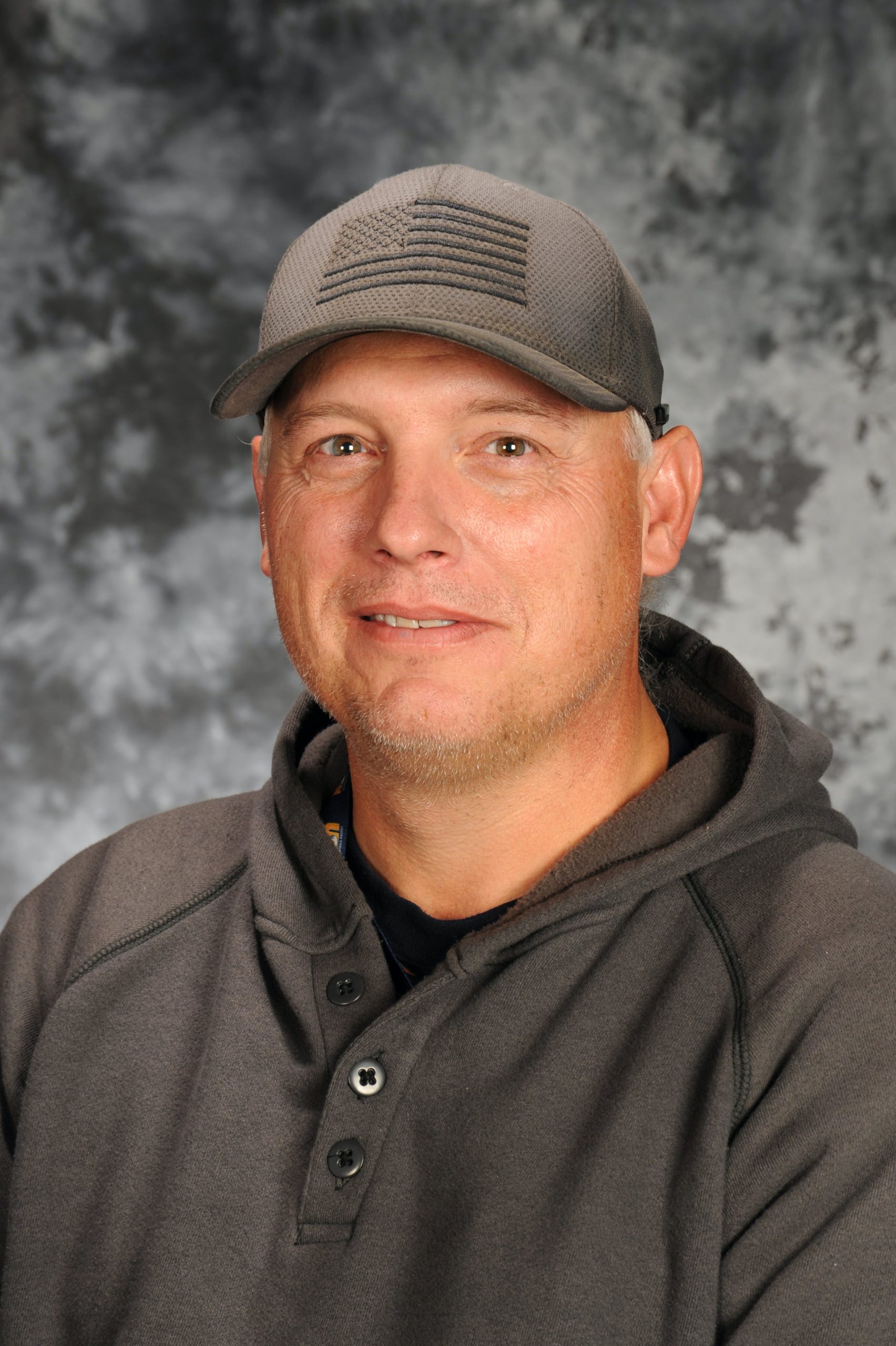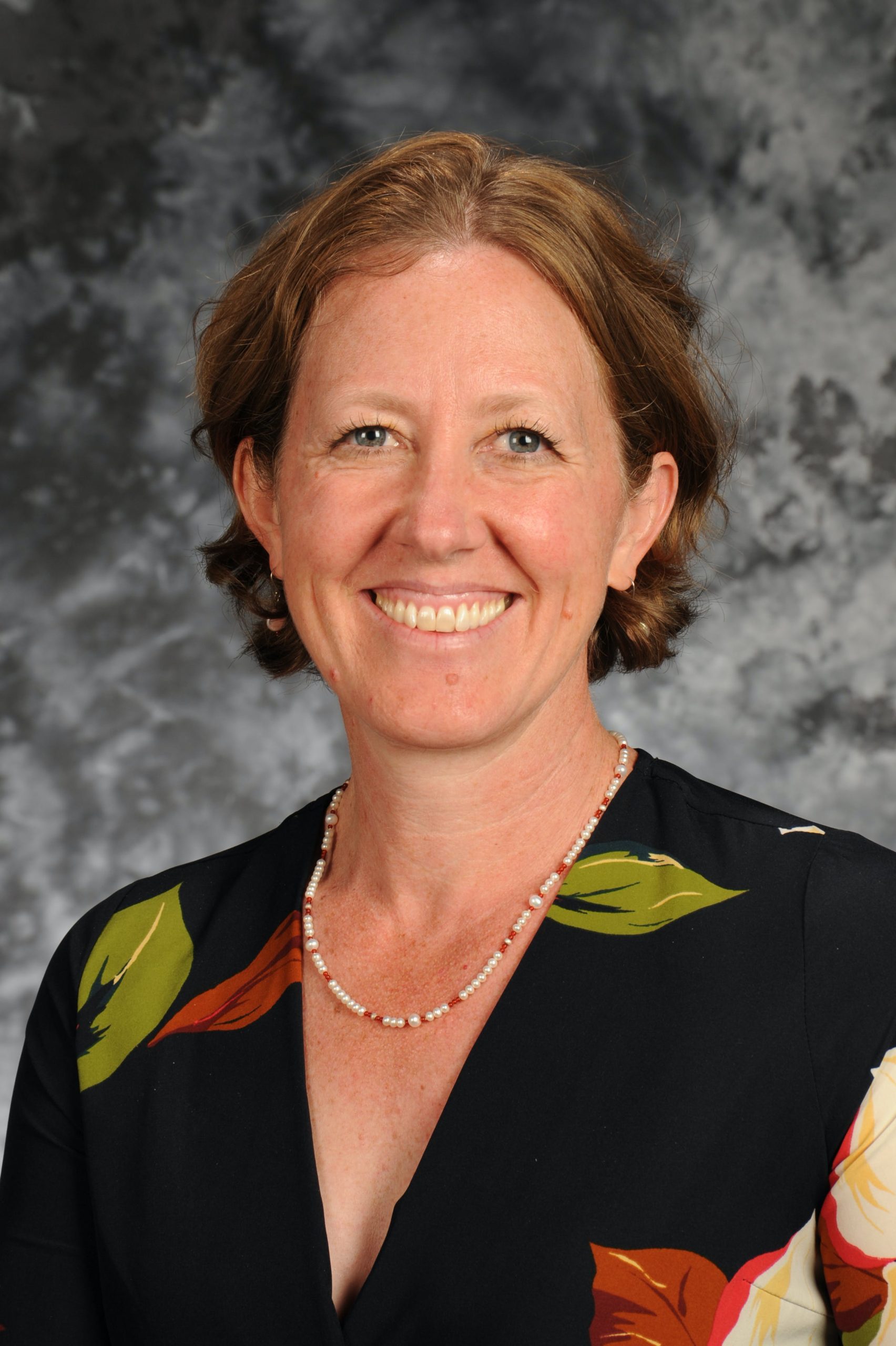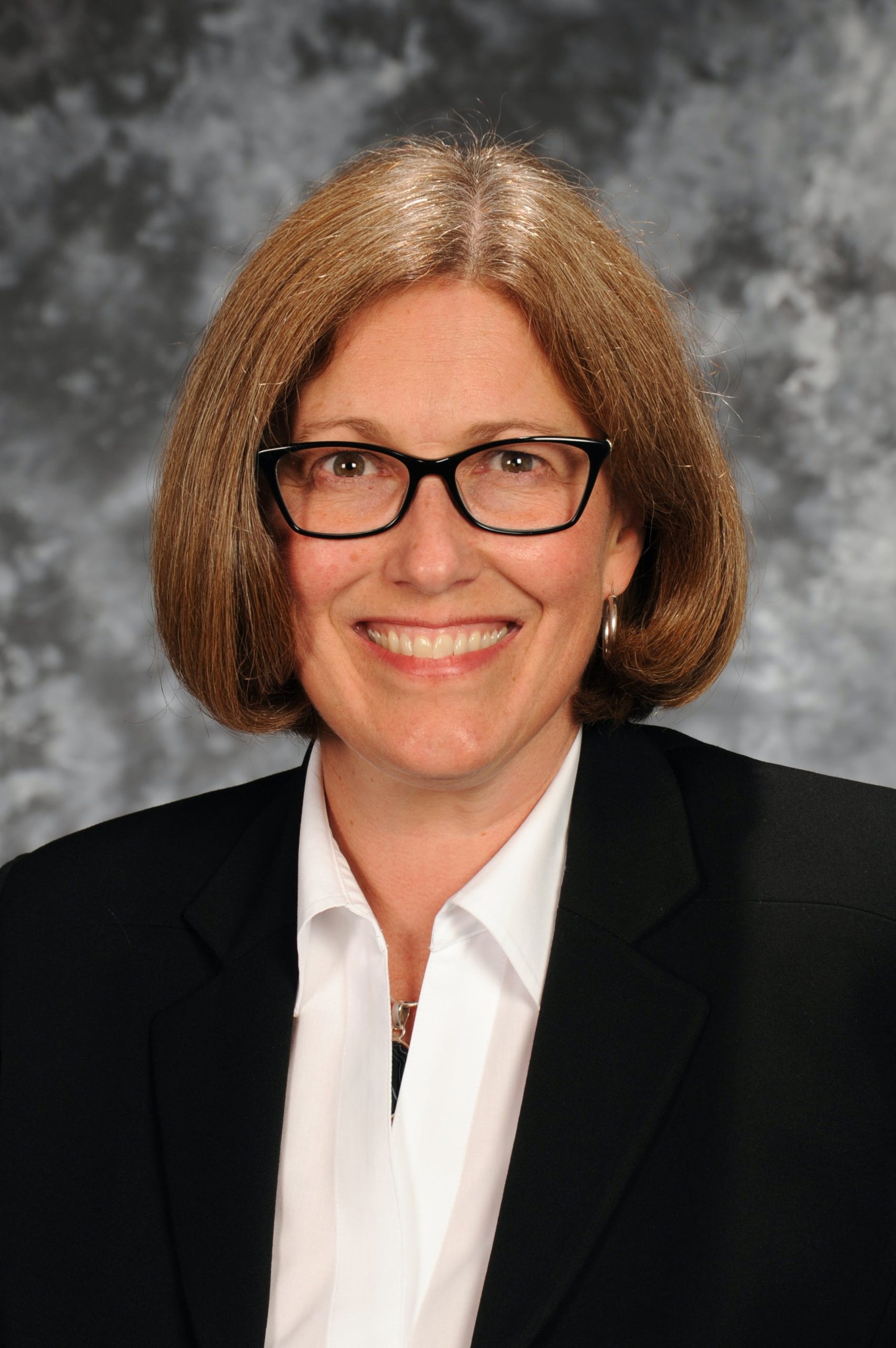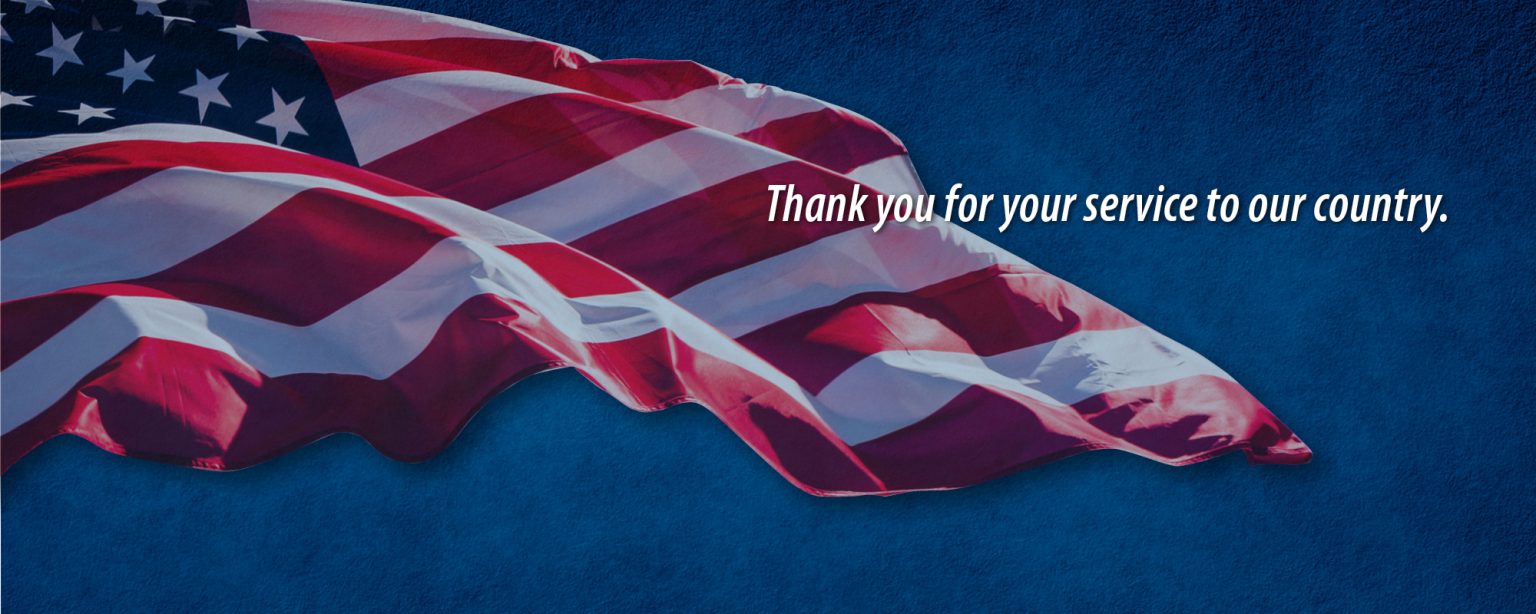Nov. 11 is a special day in America, when we come together to thank those who have served in our nation’s armed forces.
This federal holiday began in 1919 as Armistice Day, to acknowledge the 116,516 American soldiers who died in World War I. Thirty-five years later, President Dwight D. Eisenhower signed legislation that created Veterans Day, which honors all who have served.
Idaho National Laboratory, throughout its history, has been closely allied with the military. That includes work with the U.S. Navy, homeland and national security, manufacturing tank armor, and with the lab’s emphasis on hiring veterans throughout the organization.
Today, you find military veterans in nearly every INL directorate. Each has a unique story to tell. Here are four of them:
Quint Lindsay

For nearly 30 years, Lindsay has been one of INL’s unsung heroes. A journeyman electrician at the Central Facilities Area, Lindsay and his colleagues perform a variety of tasks important to INL’s national security mission. It’s a job that, at first glance, you might think Lindsay was born to do. His father, Ben, was an electrician at the Advanced Test Reactor for more than three decades.
The truth, however, is that Quint Lindsay didn’t plan to follow in his father’s footsteps. Raised in Blackfoot, Idaho, Lindsay joined the Air Force out of high school. He did basic training in San Antonio, Texas; attended technical school in Champaign, Illinois; and was stationed in Grand Forks, North Dakota. There, Lindsay was part of a team that maintained a 30-year-old system on B-1 Bombers.
“The military has a lot of new toys,” Lindsay said. “It also has systems. If they’re working, why get rid of them?’
As the end of his six-year enlistment approached, Lindsay and his wife, Marcia, had a decision to make. Lindsay could re-enlist, and likely be forced to move around as his rank increased, or return home to Blackfoot and start over. He chose the latter, applied for an apprenticeship at INL, was accepted, and spent the next four years working four 10-hour days every week at the Site and attending Eastern Idaho Technical College (now College of Eastern Idaho) at night.
Eventually, Lindsay found himself in familiar territory, working as an electrician at ATR, where his father spent his career. And while Ben Lindsay wasn’t the type of man who brought his work home with him, he was willing to answer any questions his son had about the facility.
“He was a good source of information,” Lindsay said.
Lindsay said he enjoyed his time at ATR and the opportunity to experience the reactor up close. He marvels at the changes he has seen over 30 years at INL, the growth in infrastructure and capabilities, and appreciated his many opportunities to talk with those who maintained INL’s facilities.
“By working out here, I got to see some of the history,” Lindsay said.
He is happy to work for an organization that places real value on safety. “It’s nice to know your chances of going home in one piece are good,” Lindsay said.
Like almost every veteran you talk to, Lindsay said that all these years later, he continues to benefit from the discipline he learned in the military. And he is grateful for the relationships he and Marcia formed during that time.
“It was a really good six years,” he said. “We met a lot of great people from all over the United States.”
Rebecca Young

Some people ease into their new jobs. Pluck the low-hanging fruit. Knock a couple softballs out of the park. The usual. Not Rebecca Young. A labor and employment attorney, she came to INL in March and joined a team processing requests for exemptions to the COVID-19 vaccine requirement.
“Emotionally, it’s difficult,” Young said. “It’s hard to tell someone they can’t have an exemption.”
The truth, however, is that Young’s career prepared her for this moment.
Young was one of Idaho’s leading litigators, a civil rights attorney who often took on what she calls “abuse of power” cases, involving law enforcement, the prison system, and the health care industry. Two times, in 2017 and 2018, she was a finalist for a position on the Idaho Supreme Court.
“It’s certainly different,” Young said of coming to work at INL. “In my prior life, I sued the government. Now I work for the government.”
Born in Nampa and raised in Riggins, Emmett, and other places in the northwest, Young earned degrees in political science and philosophy from the University of San Diego. Instead of transitioning into law school, she chose another route: the U.S. Army.
Acing an aptitude test led her to an intensive program that taught her to speak Korean and landed her a job as an interrogator working with military intelligence. While stationed in Hawaii, Young received a master’s degree in international relations and was named the 2002 U.S. Army Pacific Command Soldier of the Year.
Following her enlistment, Young attended law school at Baylor University in Waco, Texas. After graduation, she moved home to Idaho and began her career.
In 2017, Young was one of four finalists for a seat on the Idaho Supreme Court that eventually went to Richard Bevins, a district court judge from Twin Falls. A year later, Young was again a finalist for the Supreme Court. Gov. C.L. “Butch” Otter chose Rexburg-based District Court Judge Greg Moeller for the position.
Young said she enjoyed her four years in the Army and learned many important life lessons. Foremost among those was a skill that served her well as a litigator – the ability to understand that things may not always be as they appear. That willingness to dig deep promises to serve her well on the INL legal team and, who knows, it may someday earn her a position on Idaho’s highest court.
“There’s always more to the story,” Young said.
Clark Baker

Baker took a circuitous route to INL, where he is the training manager at the Advanced Test Reactor. He grew up in Anaconda, Montana, and attended college 20 minutes down Interstate 90 in Butte, with an eye on a degree in petroleum engineering. One night in the dormitory television room, Baker watched an episode of 60 Minutes that changed his life.
America’s leading news magazine detailed the relationship between the U.S. Navy and nuclear energy industry. Baker was intrigued. He left college for the Navy and, after seeing the world, came to INL in 1985 for nuclear training. There he met his wife, Robin, an engineer working for Westinghouse at the same prototype, S1W.
Baker eventually accepted a job at the San Onofre nuclear power plant in California, joining Robin, who worked as a systems engineer. Baker bounced back and forth between operations and training for the next quarter century, even sharing a cubicle wall with his wife for three years.
Following San Onofre’s closure in 2013, the Bakers found themselves looking toward home and INL, which is located about three hours from Clark’s hometown. Baker accepted a job at ATR, and Robin went to work for the Integrated Waste Treatment Unit. They moved their son and daughter, both in high school at the time, to Idaho Falls and were thrilled at how quickly they were accepted into the community.
“It was like they grew up here,” Baker said.
Today, Baker leads a team that conducts training at the world’s leading test reactor. While always critical to the reactor’s operation, these duties took on even more importance as the core internals changeout approached. Baker and his team worked with ATR staff for more than a year to prepare for an operation critical to ensuring that the reactor can continue to benefit the country for decades to come.
“The mission we have here is important,” Baker said. “That’s the way it has been my entire career. We know why we are doing it. It’s not a waste of time.”
Baker said he appreciates his time in the Navy and the skills he learned. He also continues to be amazed at how small that world truly is. Baker frequently encounters Navy colleagues, most notably when, soon after coming to INL, he met former Laboratory Director John Grossenbacher.
“Hey shipmate, how’s it going,” Grossenbacher asked him. Petty Officer Baker had served under Admiral Grossenbacher a couple decades prior to their meeting at ATR.
Recently, Baker accompanied his grandson on a trip to the Navy recruiter. When asked about his own experience in the Navy, Baker said, “I wouldn’t be where I am if I didn’t go into the Navy.”
Stephanie Ritz

There are many things one can do with a degree in international studies from Georgetown University. The state department and a career in diplomacy. A job in international banking, economics or marketing. Ritz, however, never had a doubt about where she was headed following graduation.
“I was going to join the Army,” she said.
More than two decades after retiring as a lieutenant colonel, Ritz arrived at INL as a division director in the Safeguards and Security directorate. And that’s where her story takes a turn.
But first, some background.
Ritz attended high school in Nurnberg, Munich and Berlin, Germany, before the wall came down.
Ritz’s Army career was long, distinguished and filled with adventure. She was one of 150 great skills officers. This specialized program involves a rigorous selection process and allows officers to serve in high-risk areas on operations vital to U.S. national security.
“You’re going to ask me what I did, and ‘I’m sorry, I can’t tell you,’” Ritz said.
Ritz bounced around in the military, changing jobs and moving about every three years. That allowed her to experience the world firsthand, seeing Africa, Saudi Arabia, Australia, New Zealand and more.
In 2019, Ritz left the Army and accepted a job at INL. She was enjoying her new career and life in Idaho. Then came the turn in her story. While in Colorado visiting her spouse, an Army doctor, Ritz went to the hospital with a thyroid issue. It turned out she needed emergency heart surgery.
That was difficult enough. But, three weeks after her surgery, Ritz suffered a stroke. To the surprise of nobody who knows her, Ritz fought back, and five months later, returned to her duties at INL.
Looking back on all she has experienced, Ritz said her military experience was invaluable, both professionally and personally. It helped instill in her the toughness and discipline needed to prosper and recover from her medical issues. Her military experience also allowed Ritz to interact with a variety of people, something she uses in her career at INL.
“The military prepared me perfectly for this,” she said.
Ritz has seen and experienced a lot. There was joy in seeing the Berlin Wall come down and the city unified. She fondly recalls her time at Georgetown, getting up early to practice as a member of the crew team. Her military career allowed her to travel the world and serve her country. And now, at INL, she is an important member of a team that ensures the security of the lab and safety of its employees. For Ritz, it’s been a remarkable life with much more to come.







